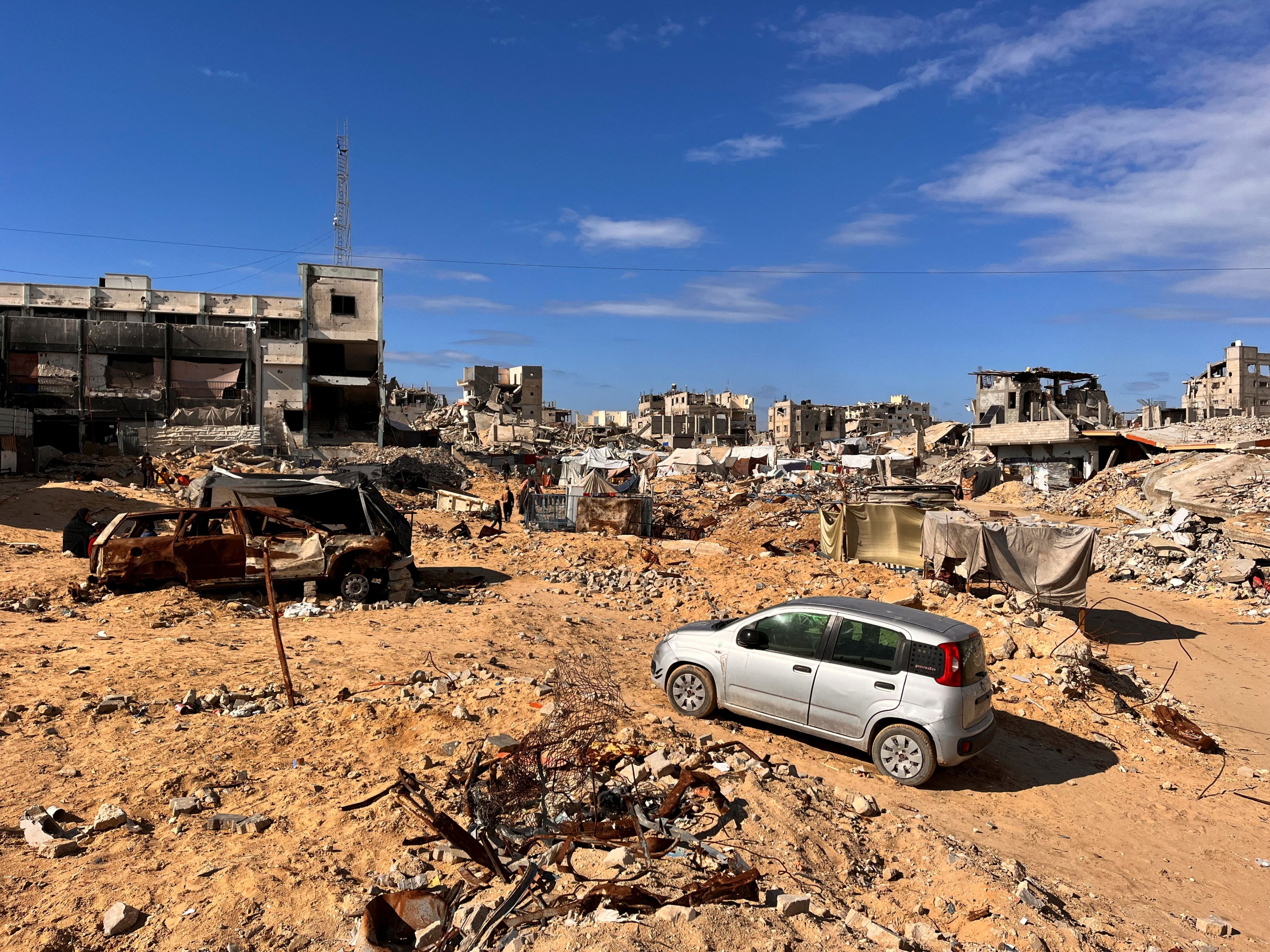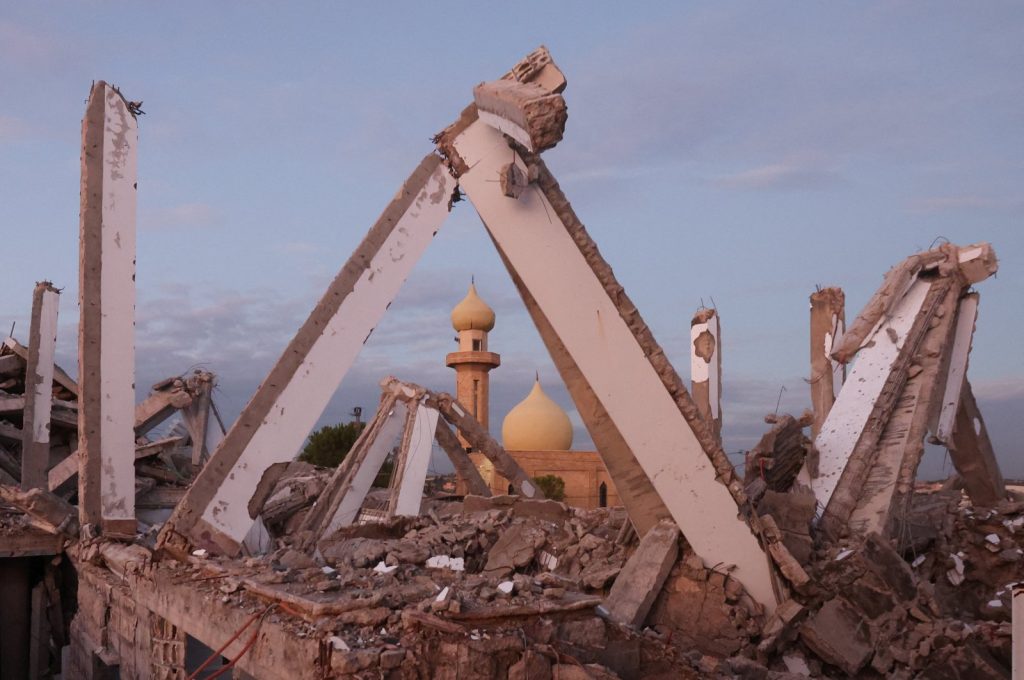After approximately 14 months of conflict, a cease-fire between Israeli and Hezbollah forces in Lebanon came into effect at 4 a.m. local time on Nov. 27. Mediated by the United States and France, the cease-fire is fundamentally based on the revival of United Nations Security Council Resolution 1701. According to this agreement, Hezbollah forces will withdraw north of the Litani River, while Israeli forces will retreat south of the Blue Line. This process is expected to be completed within 60 days.
Lebanese army units and U.N. Interim Force in Lebanon (UNIFIL) forces will be deployed in the vacated areas to oversee and implement the cease-fire. Both sides have stated that they reserve the right to retaliate if attacked by the other. While U.S. President Joe Biden has expressed hopes for the cease-fire to be permanent, the dynamics on the ground and future projections indicate that the cease-fire process remains highly fragile.
Why now?
Cease-fire agreements are almost always made in situations where the parties involved find it either impossible or too costly to achieve their objectives through conflict. In such cases, the question of who benefits from the cease-fire becomes a topic of debate. If one side holds an undeniable asymmetric superiority over the other, the situation is unlikely to lead to a cease-fire stemming from a stalemate. Instead, it would result in one side effectively surrendering to the other.
In the context of the Lebanon cease-fire, it’s evident that neither side has achieved a decisive advantage over the other. Both parties are portraying themselves as victorious, offering propagandistic reasons for agreeing to the cease-fire. Israeli Prime Minister Benjamin Netanyahu claims that the cease-fire was accepted to allow Israel to focus more on Iran. However, the situation on the ground tells a different story.
Firstly, the cease-fire is a choice that Iran has directed Hezbollah to accept. Secondly, justifying a war that has spread across multiple fronts without a clear victory has become nearly impossible in Israel. Public dissatisfaction with Netanyahu is significant. Thirdly, Israel is unable to advance within Lebanese territory. Hezbollah’s resistance is imposing serious costs on Israel. Each Israeli soldier lost adds to Netanyahu’s political burden, which has become unsustainable.
Regarding Hezbollah, it’s evident that Iran has played a significant role in the cease-fire. The Iranian leadership, aiming to avoid entering the Trump era amid heightened regional tensions, is seeking to de-escalate. Given the strongly anti-Iran stance of Trump’s administration, the U.S. might exploit any pretext to intervene in Iran. Therefore, minimizing such pretexts would benefit Iran as it transitions into the Trump era. Let us add that Iran has not yet responded to Israel’s latest attack.
On the other hand, it’s a fact that Hezbollah has suffered heavy losses in this conflict. The organization has lost leaders like Hassan Nasrallah and Hashem Safieddine, with thousands of its members injured in pager attacks, leading to a psychological downturn. Consequently, Hezbollah needed this cease-fire to regroup. Additionally, domestic opposition to Hezbollah was growing within Lebanon. Therefore, although Hezbollah declares itself victorious – rightfully so in terms of preventing an Israeli occupation – its significant losses tell a different story.
What will change?
First, it is worth reiterating that the cease-fire has been established on a highly fragile foundation. As long as the war in Gaza continues, the possibility of the conflict spreading to the region remains ever-present. Even the slightest attack could be used as a pretext by either side to abandon the cease-fire. Indeed, depending on how certain political developments unfold, actors may choose to violate the cease-fire.
Iran will always retain the option of leveraging Hezbollah and opening a front in Lebanon against Israel. Similarly, Israel will keep the option of attacking Hezbollah to strike a blow against Iran.
Following the closure of the Lebanese front, Israel is likely to intensify its massacres in Gaza. A cease-fire with Hezbollah does not equate to a cease-fire with Hamas. On the contrary, it signifies an escalation of the war against Hamas. This situation is significant in illustrating the limits of Iran’s so-called “axis of resistance.” Gazans, targeted by what amounts to genocide, will become even more isolated.

Meanwhile, the attacks and unexpected advances initiated by anti-Assad forces in Syria raise the possibility that Iran might redeploy Hezbollah forces to the region to support Assad. However, this will not be as straightforward as it once was. For one, in a scenario where the threat from Israel persists in the south – despite the cease-fire – it will be difficult for Hezbollah to transfer its fighters to Syria. Secondly, while genocide continues in Gaza, any attempt to prioritize rescuing Assad from opposition forces in Syria over confronting Israel would lack justification.
Therefore, the cease-fire has multifaceted reasons and regional implications, but it is also a fact that it rests on a highly unstable foundation. Lebanon has always been a key arena and actor in the Palestinian issue, and it will continue to hold this role. This cease-fire, emerging as a rare opportunity for respite in Lebanon’s history filled with wars and instability, leaves us to wait and see how long it will last.


